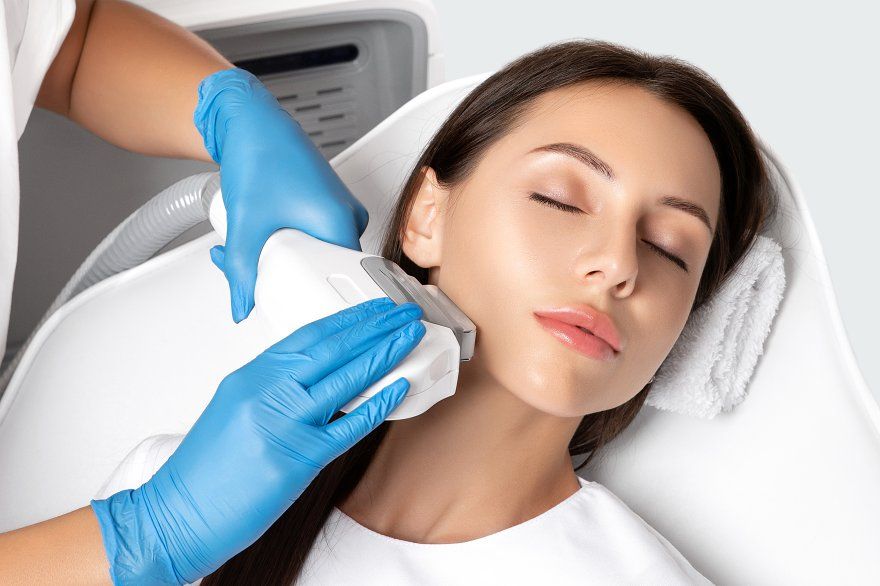Understanding the ingredients in skincare products is essential for making informed choices that cater to your skin’s needs. With an overwhelming array of products available in the market, it’s crucial to decipher what each ingredient does and how they interact with your skin. This article will delve into the common types of ingredients found in skincare, their purposes, and what to look for when selecting products that suit your unique skin type.

The Basics of Skincare Ingredients
The ingredients in skincare products can be broadly categorized into three primary types: active ingredients, inactive ingredients, and preservatives. Active ingredients are those that directly contribute to skin benefits, such as hyaluronic acid for hydration or retinol for anti-aging. Inactive ingredients serve as a base for the product, providing texture and aiding absorption, like emollients and humectants. Preservatives ensure the longevity and stability of the product by preventing microbial growth. Understanding these categories helps simplify the selection process and ensures you prioritize products that contain effective active ingredients.
Active Ingredients: The Stars of Your Skincare Routine
Active ingredients are the heavy hitters in your skincare products, directly targeting specific skin concerns. Here’s a list of some common active ingredients and their benefits:
- Hyaluronic Acid: Naturally found in the body, this powerful humectant retains moisture, making your skin feel plump and hydrated.
- Retinol: A derivative of Vitamin A, retinol is renowned for its ability to reduce wrinkles, improve skin texture, and boost collagen production.
- Vitamin C: An antioxidant that protects against free radicals, Vitamin C also brightens the skin and helps fade hyperpigmentation.
- Salicylic Acid: Particularly beneficial for acne-prone skin, salicylic acid exfoliates and unclogs pores, reducing breakouts.
- Niacinamide: Known for its anti-inflammatory properties, niacinamide helps to reduce redness and can improve skin barrier function.
When choosing products, think about your specific skincare concerns and seek out products with active ingredients that target those issues. However, always start with a patch test to gauge how your skin responds.

Inactive Ingredients: Enhancers and Fillers
Inactive ingredients, while not directly responsible for treating skin issues, play a vital role in the overall formulation of skincare products. They can enhance the product’s performance, texture, and fragrance while ensuring easy application. Common inactive ingredients include emulsifiers, which help blend oil and water, and carriers that improve the penetration of active ingredients into the skin. Additionally, moisturizing agents like glycerin and lanolin can provide hydration and a smoother feel upon application. It’s essential to review the inactive ingredient list as some formulations may contain potential allergens or irritants that could affect sensitive skin. Always look for products with clean, non-toxic inactive ingredients to minimize the risk of adverse reactions.

Preservatives: Safety First
Preservatives play an essential role in maintaining the integrity and safety of skincare products. They prevent the growth of bacteria, mold, and yeast within products, which can lead to skin infections and contamination. Conventional preservatives such as parabens and formaldehyde-releasing agents have faced scrutiny due to concerns over their safety. Fortunately, there are many safer alternatives, like phenoxyethanol and ethylhexylglycerin, that provide effective protection without the unwanted side effects. While it is important to choose products with effective preservatives, it’s equally crucial to avoid those that may potentially harm your skin or overall health. Always research and opt for brands known for their commitment to safety and transparency in ingredient formulation.

How to Read the Ingredient List
Understanding how to read the ingredient list on skincare products is critical for making informed decisions. Ingredients are listed in descending order by weight, meaning the first few ingredients are present in the highest concentrations. As a rule of thumb, look for products where the active ingredients you desire are high on the list. Additionally, familiarize yourself with common terms that signify different ingredients. For example, “oil-free” products may be better suited for oily skin types, while those labeled as “non-comedogenic” won’t clog pores. Always keep an eye out for your known allergens and avoid them, and remember that just because an ingredient sounds complex, that doesn’t necessarily mean it’s harmful. Armed with this knowledge, you can harness the power of effective ingredients to create a skincare routine tailored for your unique skin.”
Conclusion
Understanding skincare ingredients is fundamental in selecting the right products for your skin’s needs. By focusing on the various categories of ingredients like active, inactive, and preservatives, you can make educated choices that address your specific concerns while ensuring safety. Always read ingredient labels and seek transparency from the brands you choose. Remember, informed skincare is the key to achieving and maintaining healthy skin.
FAQs
No, some ingredients can cause reactions in sensitive individuals. Always review ingredient lists for allergens and consult a dermatologist if you have concerns.
2. What are the benefits of hyaluronic acid in skincare?
Hyaluronic acid is a powerful humectant that helps retain moisture in the skin, resulting in a plump and hydrated appearance.
3. Why are preservatives necessary in skincare products?
Preservatives are necessary to prevent microbial growth, ensuring that the products remain safe and effective for consumers over time.
4. How can I determine if a product is suitable for my skin type?
Look at the active ingredients and their known benefits, and consider your specific skin type and concerns. Additionally, ensure the product is labeled for your skin type, such as oily or dry.
5. What should I do if a product irritates my skin?
If a product irritates your skin, discontinue use immediately, rinse off the product, and consider consulting with a dermatologist for further guidance.




